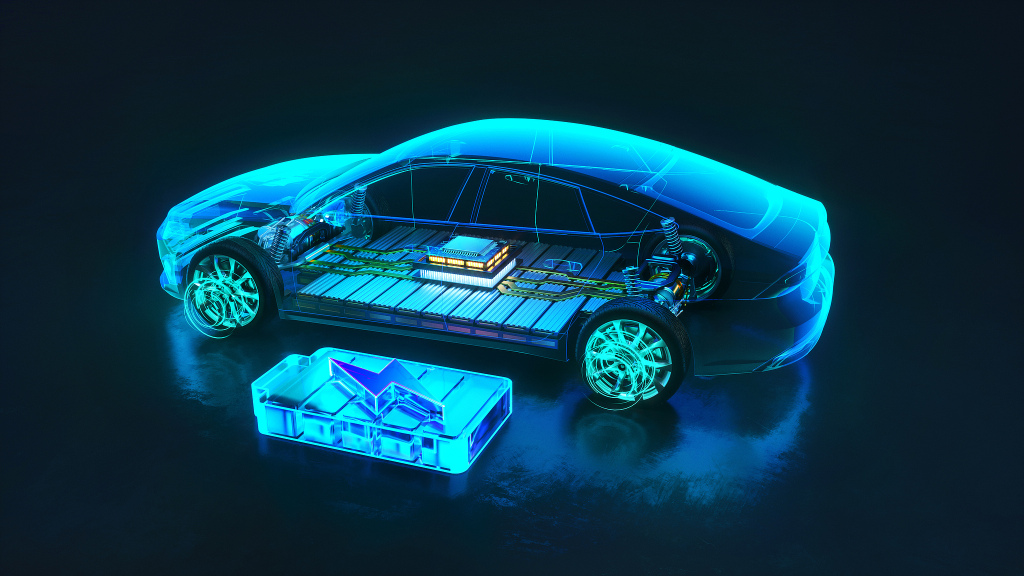
With the popularization of new energy vehicles and consumers' high attention to safety, the Ministry of Industry and Information Technology of China officially released the "Safety Requirements for Power Batteries for Electric Vehicles" (GB38031-2025) on April 3, 2025. This mandatory national standard will be fully implemented on July 1, 2026.

As the "strictest battery safety order in history", the new national standard not only upgrades the "no fire, no explosion" requirements of power batteries from technical recommendations to mandatory regulations, but also promotes the industry to a higher safety level through a number of new test items and technical indicators, and has a profound impact on technology research and development, market structure and industrial chain.
The core of the new national standard lies in the comprehensive improvement of technical requirements. Compared with the 2020 version, the new regulations have deleted the buffer period of "no fire or explosion within 5 minutes" in the thermal diffusion test, and directly require the battery system to "not catch fire or explode" after thermal runaway. At the same time, it is necessary to ensure that smoke does not enter the passenger compartment, and the alarm signal must still be triggered within 5 minutes after thermal runaway. This change forces companies to optimize the battery thermal management system from the design source, such as using more efficient flame retardant materials or improving the battery cell structure.
In this regard, Liu Guibin, Secretary General of the Electric Vehicle Sub-Technical Committee of the National Technical Committee for Automotive Standardization, said in an interview with the media that the current manufacturing level and scale of battery cells in the domestic battery industry have been raised to a higher level. The previous 2020 version of the standard was based on the battery manufacturing level from 2016 to 2018, and the new version of the "Power Battery Safety Requirements" is facing the battery manufacturing level after 2021. The two are not at the same level. In addition, the design level of battery packs has also been raised in recent years, and the design capabilities of heat insulation and heat dissipation have been continuously improved.
According to data from its February 2024 survey, 78% of the 36 vehicle and battery companies interviewed have technical reserves to prevent fire and explosion of power batteries, which means that even if the battery cell thermally runs away, fire and explosion of power batteries caused by thermal diffusion will not occur. Now it is April 2025, and the technical reserves of relevant companies should have been further improved.
In addition, the new regulations have added a bottom impact test, which simulates the impact scenarios of flying rocks or foreign objects that the vehicle may encounter while driving. It requires that the battery pack must not leak, catch fire or explode after being hit by a 30mm diameter steel ball with an energy of 150J. Only commercial vehicles with a ground clearance ≥200mm are exempted, and all passenger cars are included in the supervision.
Another key test is the safety test after fast charging cycle, which requires that after 300 fast charging cycles (charging time ≤ 15 minutes/time), the battery must still pass the external short-circuit test. This puts higher durability requirements on the current mainstream ultra-fast charging technology.
The implementation of the new national standard will reshape the power battery market. First, the increase in technical barriers may accelerate the reshuffle of the industry. Everbright Securities analysis pointed out that small and medium-sized battery manufacturers may face elimination due to their difficulty in bearing high-cost R&D investments such as production line transformation and solid-state batteries, and the industry concentration will further tilt towards leading companies.
Secondly, the new regulations directly benefit solid-state battery technology. Since the flammability of liquid electrolytes makes it difficult to meet the rigid requirement of "no fire", solid-state batteries are expected to accelerate their industrialization process due to their non-flammable solid electrolyte characteristics.
Companies such as CATL and YUAN New Materials have already started to deploy in the field of solid electrolytes, and the demand for supporting technologies such as composite current collectors and active cooling systems will also surge. In addition, third-party testing agencies will benefit from the growth in demand for battery safety testing, and collaborative innovation in the upstream and downstream of the industry chain will become an inevitable trend.
For consumers, the new national standard means more reliable product choices, but it may push up vehicle prices in the short term. The cost of high-safety batteries that meet the new regulations has risen, and some automakers may alleviate price pressure by optimizing the supply chain or mass production, while market differentiation may also give rise to a segmented track where "high safety premium" and "cost-effectiveness" coexist.
In the long run, the new regulations will push the industry from "range competition" to "safety first". For example, the innovation of safety technologies such as thermal runaway monitoring systems and flame retardant materials will become the key to differentiated competition among automakers. According to data from the Ministry of Industry and Information Technology, the penetration rate of new energy vehicles in China has exceeded 40% in 2024. The release of "Safety Requirements for Power Batteries for Electric Vehicles" is not only an upgrade of technical specifications, but also a boost to the sustainable development of the entire industry chain. Under the guidance of policies, the power battery industry is undergoing a transition from quantitative change to qualitative change. The balance between safety and performance, and the game between technological innovation and cost control will jointly shape the competitive landscape of the new energy vehicle market in the next five years.
Industry analysis shows that after the implementation of the new regulations, the increase in technical barriers may accelerate the elimination of small and medium-sized manufacturers, while leading companies will consolidate their position through scale advantages. At the consumer level, although short-term costs may increase, long-term premium reductions and longer battery life will optimize the car experience.